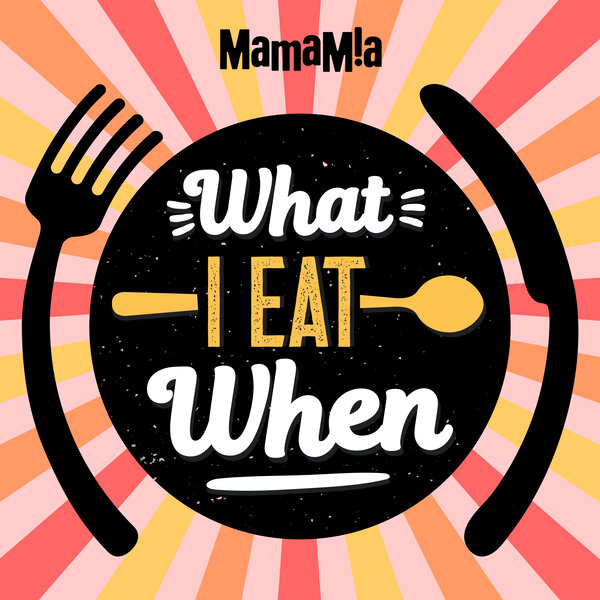It’s hard to keep up with the latest trends and changes in the diet space. Carbs come and go, meat is in and then meat is out completely.
Eating paleo was huge a few years ago, but it’s since dropped off the radar, and many past paleo-eaters have now jumped over to the keto diet.
According to search giant Google, the search interest for ‘ketogenic diet’ overtook ‘paleo diet’ January 2018 and it has continued to beat paleo searches month on month since. But are they the same thing? What’s better? Or worse, for that matter.
The ketogenic diet, also known as ‘keto’ involves is diet very low in carbohydrates and very high in fat. Eating such few carbohydrates then puts your body into a state called ‘ketosis’. The main source of energy for the body to function is usually carbohydrate and when these carb stores are not available, your body switches to burning fat, resulting in relatively quick weight loss.
The paleo diet is a recreation of what our ancestors ate, commonly called the caveman diet. Pete Evans really brought the paleo diet into the spotlight a few years ago, encouraging everyone to live off the land.
Paleo pioneers have proposed this way of living will cure diabetes, heart disease and acne, along with a long list of other conditions, some of which I’d personally deem downright outrageous and not backed by science.

Top Comments
Advocates: "Eat Paleo! It's the diet our bodies are designed for and it's thousands of years old!"
Qualified dietitian: "Paleo hasn’t been around long enough to sufficiently analyse the long-term effects."
And
"Personally, I’d give paleo eating a miss – cutting out grains and dairy deems the diet nutritionally incomplete and the health benefits and claims proposed by the diet are not supported by research."
While I think a lot of diets have some advantages, i really think the biggest one is that you are watching what you eat.
No matter if it's Keto, Paleo or just CICO, you are paying attention to what is going into your body.
(As someone that is overweight i am generally referring to losing weight)
It's not all that complicated.People want complex solutions
I think it's the same with exercise. In and of itself, it's not really useful for losing weight, but when people begin exercising, they often then tend to watch what they eat. And this is why people who take up exercise programs often lose weight.
(And conversely, people who stop exercising, often proceed to pay less attention to what they eat, and so they ...)